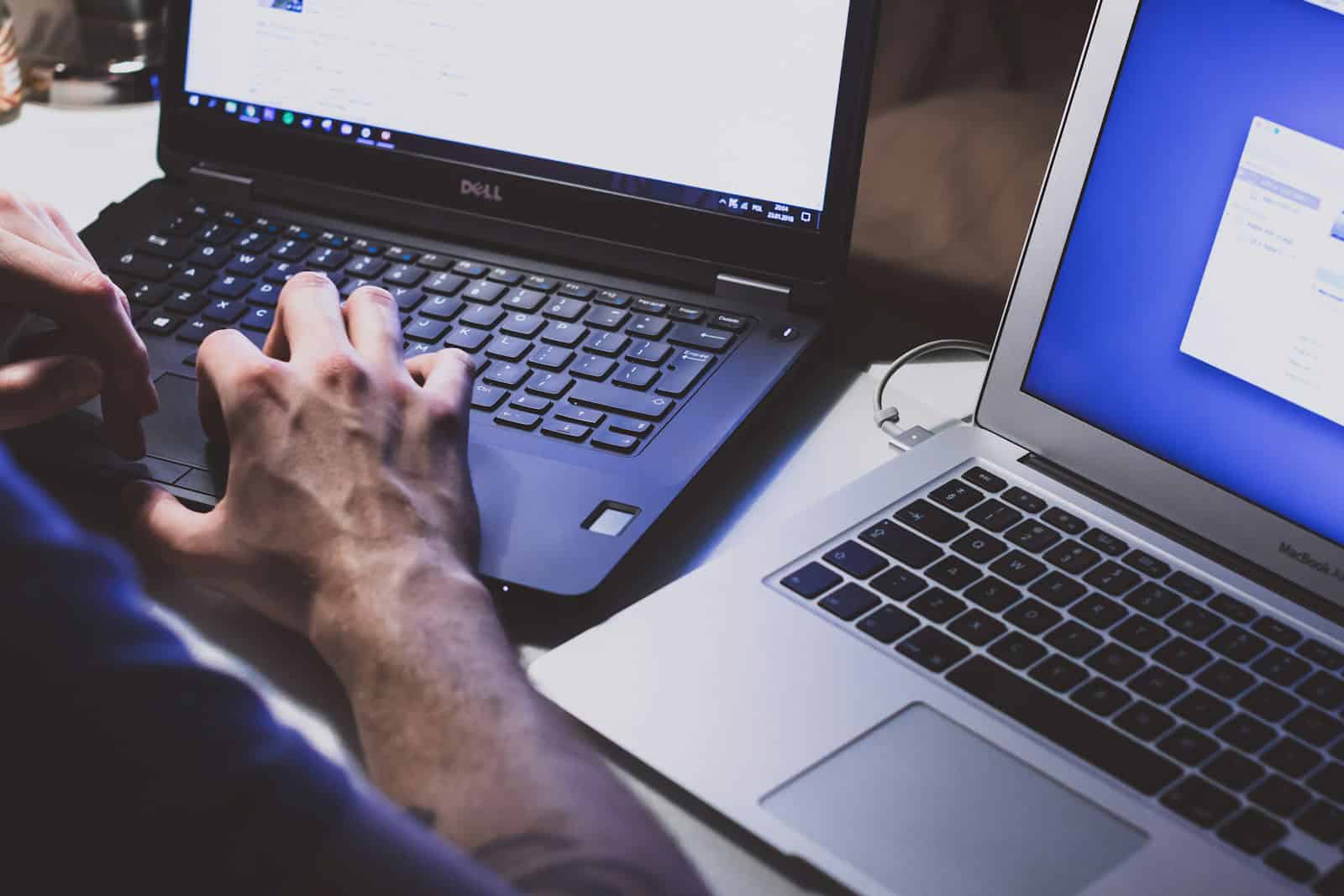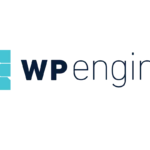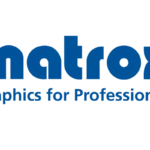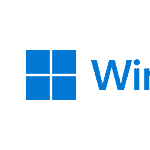Computers are everywhere in modern life, playing a crucial role in business and personal communication. They work by taking in data, processing it, and then giving out the results. Although this process seems simple, the technology behind it is complex. At the heart of a computer’s ability to process information is a combination of hardware and software. Hardware includes physical components like the processor, memory, and storage devices. Software consists of programs and operating systems that tell the hardware how to perform tasks and respond to user input. These components work together to perform computations and run programs that make computers powerful tools. Understanding the basics of computer operation is important for anyone looking to use technology effectively. Knowing how a computer interprets input, stores data, and outputs information can help users troubleshoot problems and use technology more efficiently. With this foundational knowledge, individuals become better equipped to use computers for a wide variety of tasks.
Unraveling the Inner Workings of Computers
The Building Blocks of Computers
Computers, like elaborate puzzles, are composed of several key components working harmoniously.
- Central Processing Unit (CPU): The brain of the computer, the CPU, executes instructions and performs calculations. It’s like the conductor of an orchestra, directing the flow of data and operations.
- Memory (RAM): Short-term memory that stores data and instructions currently in use. It’s like a whiteboard where the CPU can quickly jot down and access information.
- Storage (Hard Drive or SSD): Long-term memory that stores data even when the computer is off. It’s like a filing cabinet where you keep your documents for future reference.
- Input Devices (Keyboard, Mouse, etc.): These allow you to interact with the computer, sending commands and data. It’s like talking to a friend and giving them instructions.
- Output Devices (Monitor, Speakers, etc.): These present the results of the computer’s work, displaying information or playing sounds. It’s like your friend responding to your instructions and showing you the outcome.
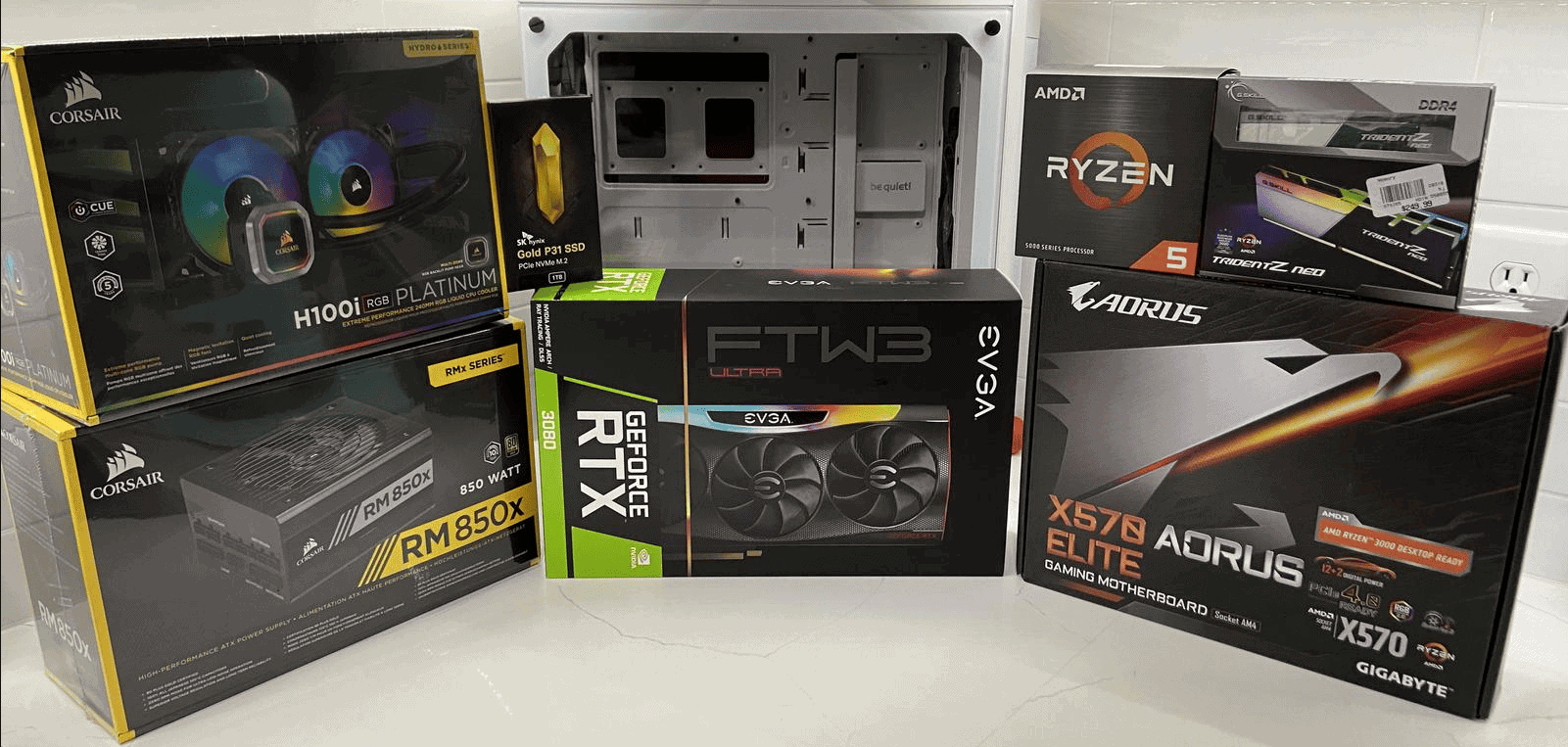
The Language of Computers: Binary Code
Computers operate on a language called binary code, which consists of only two digits: 0 and 1. These digits represent electrical signals (on or off) within the computer’s circuits.
Everything you see on a computer screen, from text and images to videos and games, is ultimately just a combination of these 0s and 1s.
From Binary to Programs: Software
Software translates human-readable instructions into binary code that the computer can understand.
- Operating System (OS): This manages hardware, runs applications, and provides a user interface. It’s like the foundation of a house, providing a stable platform for everything else.
- Applications: These are programs designed for specific tasks, such as word processing, web browsing, or playing games. It’s like the furniture and decorations in a house, adding functionality and personalization.
A Simple Analogy: The Computer as a Kitchen
Imagine the computer as a kitchen:
| Component | Analogy |
|---|---|
| CPU | Chef |
| Memory (RAM) | Countertop |
| Storage | Refrigerator |
| Input Devices | Ingredients and Cookware |
| Output Devices | Finished Meal |
| Software | Recipe Book |
The chef (CPU) follows instructions from the recipe book (software), using ingredients (input) on the countertop (RAM) and stored items from the refrigerator (storage). The final dish (output) is then presented.
The Computer’s Cycle: Fetch, Decode, Execute
Computers follow a continuous cycle to process instructions:
- Fetch: Retrieve the next instruction from memory.
- Decode: Interpret the instruction.
- Execute: Perform the action specified by the instruction.
This cycle repeats incredibly fast, millions of times per second, allowing computers to perform complex tasks quickly.
Key Takeaways
- Computers are essential for processing all kinds of information.
- They rely on both hardware and software to operate effectively.
- Knowing how a computer functions aids in its efficient use.
Fundamentals of Computer Operation
A computer is an electronic machine that processes information. This operation involves hardware and software working together to perform tasks. Users input data, the computer processes it, and then produces output.
Computer Hardware
Hardware is the physical part of the computer. It includes the central processing unit (CPU), which is the brain of the computer. The CPU performs calculations and runs programs. Random Access Memory (RAM) is where the computer stores data it needs fast access to. Other essential hardware components are the motherboard, power supply, hard drive for storage, graphics card for visuals, and sound card for audio. Devices like desktop computers, laptops, and servers all have these components, but they vary in size and power.
- CPU: Executes instructions from software.
- RAM: Temporarily holds data for quick access.
- Storage: Keeps data long-term on hard drives or SSDs.
- Motherboard: Connects all components together.
- Power Supply: Gives electricity to the computer.
Software and Operating Systems
Software is a collection of instructions that tells the computer how to perform tasks. The operating system (OS) is the main software that manages hardware and other software. It allows users to interact with the computer and run applications or apps. Common operating systems include Microsoft Windows, macOS, and Linux. Firmware is a special kind of software that helps start the computer, like the BIOS and POST sequence that checks hardware when the computer starts.
- Operating Systems: Manage computers’ software and hardware.
- Applications: Programs like web browsers and word processors.
- Firmware: Software permanently stored in hardware.
Data Processing Cycle
The data processing cycle is how computers turn input into output. It involves four stages: input, processing, storage, and output.
- Input: Users provide data to the computer through devices like keyboards and mice.
- Processing: The CPU performs instructions on the data, using the memory (RAM) and storage.
- Storage: Data is saved in memory for quick access or on disk drives for long-term storage.
- Output: The computer presents the results through screens, printers, or other output devices.
Every task a computer does follows this cycle. From simple calculations to playing a video game, the cycle is crucial to computer operation.

